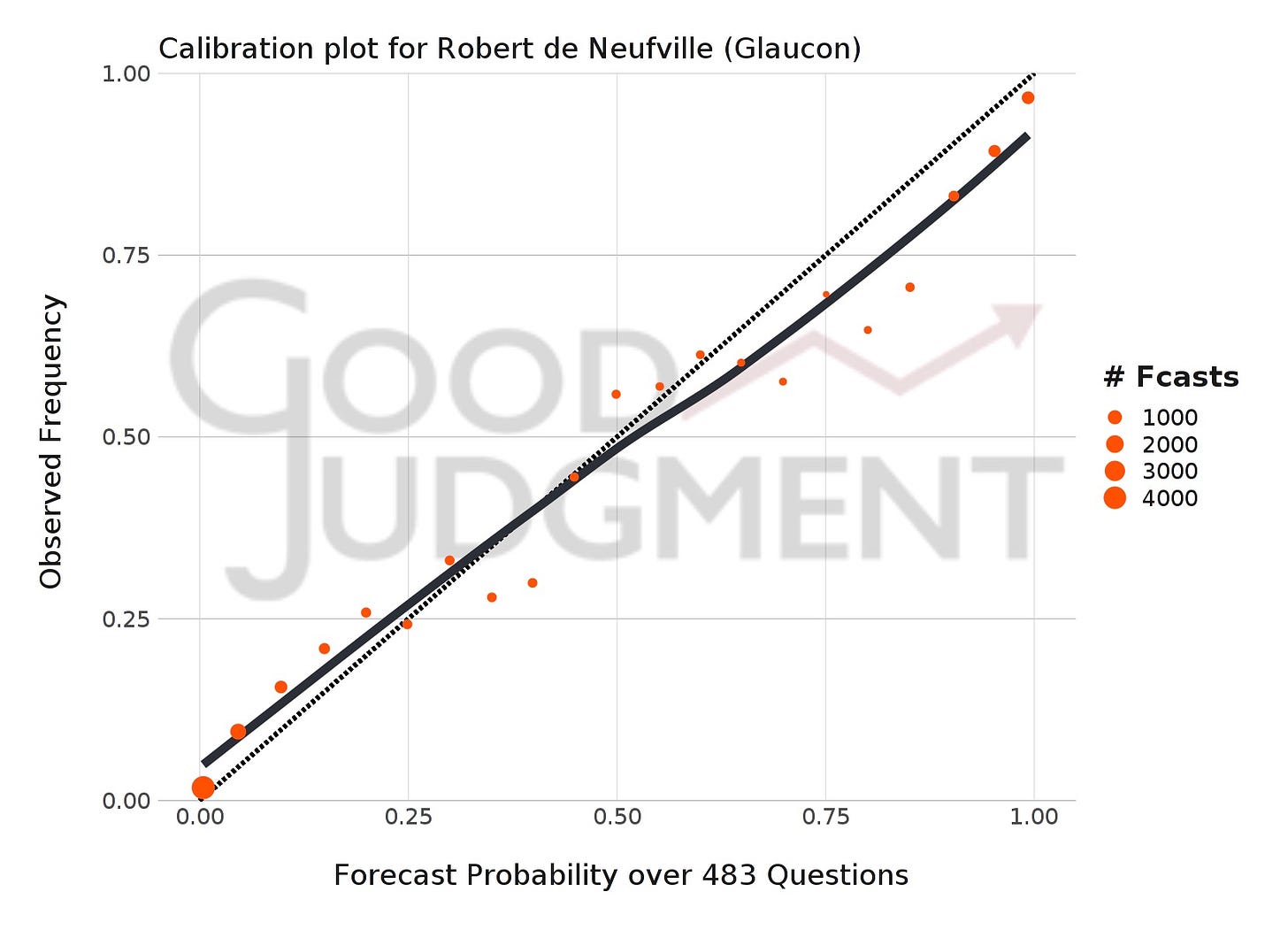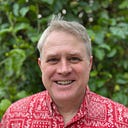We can predict the future, although not with complete certainty or accuracy. Our world is full of all sorts of predictable regularities. We routinely organize our lives and make plans around them. Some things—like whether the sun will rise—are easy to know in advance, while others—like the lottery numbers—are practically impossible to predict. In between is the crucial category of things that are hard to foresee but still to an extent foreseeable. The more accurately we can see anticipate what is to come, the better decisions we can make.
What people are saying:
“Robert explains superforecasting like no-one else.”—Haydn Belfield, Cambridge Centre for the Study of Existential Risk
“Robert is incisive but also a good writer. Can highly recommend his newsletter.”—Emil Dimanchev, superforecaster
“Telling the Future provides clear, balanced insights. I appreciate Robert's approach of looking at an issue from multiple sides and critiquing major forecasting and prediction groups, and then applying his own calculus. It is an invaluable resource.”—Scott Eastman, superforecaster
“If you want to become a better forecaster, start here.”—Dan Gardner, author of Superforecasting
Telling the Future is a newsletter about forecasting and the future. It is about how we can use careful reasoning to figure out what’s going to happen before it happens. Telling the Future features
probabilistic forecasts of political, economic, and social issues
essays on forecasting techniques and methods
occasional pictures of my cats
In Telling the Future, I develop clusters of related forecasts in order to produce a nuanced picture of the future. Community discussion threads provide a space for readers to critique and help refine forecasts. As forecasts resolve, we score and evaluate them so that we can improve future forecasts. Telling the Future aims to make us better forecasters and decision-makers.

I am a Professional Superforecaster for Good Judgment (which profiled me here), as well as a Metaculus Pro Forecaster and a Swift Centre Forecaster. I qualified as a superforecaster in 2014 by being among the top forecasters in IARPA’s experimental forecasting tournament. Superforecasters like me were able to consistently outperform both the control group and intelligence community analysts, and continue to prove more accurate than other forecasting methods. I previously worked with the Global Catastrophic Risk Institute on the risk of catastrophes severe enough to threaten human civilization. I have contributed to The Economist, The Washington Monthly, The National Interest, and California Magazine. You can hear me talk about forecasting on the Future of Life and the 80k After Hours podcasts, and follow me on Twitter @rdeneufville or on Bluesky @deneufville.bsky.social.
Join the community! Telling the Future is freely available to everyone—there’s no paywall—so please don’t hesitate to become a free subscriber. But it also depends on the support of paid subscribers, so if you enjoy Telling the Future I hope you will consider buying a paid subscription. The contributions of paid subscribers are what make it possible for me to devote my time to writing and developing forecasts. If you can’t afford to buy a paid subscription, you can also support Telling the Future sharing it widely!

